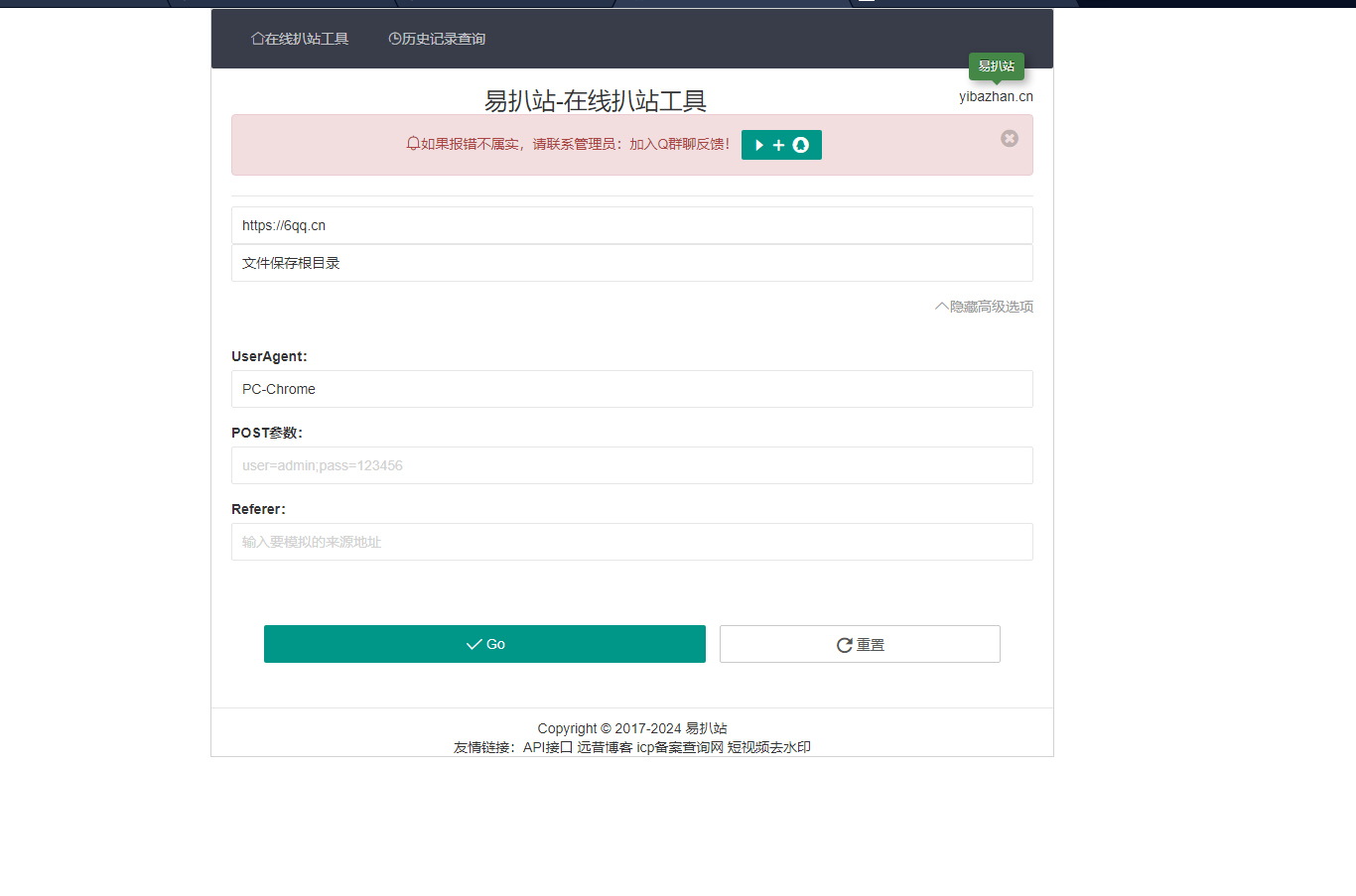在uni-app中,數(shù)據(jù)驗(yàn)證和錯(cuò)誤處理可以通過以下步驟實(shí)現(xiàn):使用uni-forms組件和內(nèi)置規(guī)則進(jìn)行基本數(shù)據(jù)驗(yàn)證。利用try…catch語(yǔ)句和promise對(duì)象處理錯(cuò)誤,如網(wǎng)絡(luò)請(qǐng)求錯(cuò)誤。對(duì)于復(fù)雜驗(yàn)證,使用第三方庫(kù)如uview實(shí)現(xiàn)自定義規(guī)則。異步驗(yàn)證和全局錯(cuò)誤處理函數(shù)可優(yōu)化性能和統(tǒng)一錯(cuò)誤處理。這些方法有助于提升uni-app應(yīng)用的穩(wěn)定性和用戶體驗(yàn)。

引言
在開發(fā)uni-app應(yīng)用時(shí),數(shù)據(jù)驗(yàn)證和錯(cuò)誤處理是確保應(yīng)用穩(wěn)定性和用戶體驗(yàn)的關(guān)鍵環(huán)節(jié)。今天我們將深入探討如何在uni-app中有效地進(jìn)行數(shù)據(jù)驗(yàn)證和錯(cuò)誤處理,幫助你構(gòu)建更健壯的應(yīng)用。通過本文,你將學(xué)會(huì)如何使用uni-app的內(nèi)置功能和第三方庫(kù)來(lái)實(shí)現(xiàn)數(shù)據(jù)驗(yàn)證,以及如何優(yōu)雅地處理各種錯(cuò)誤情況。
基礎(chǔ)知識(shí)回顧
在uni-app中,數(shù)據(jù)驗(yàn)證通常涉及到表單輸入的檢查,而錯(cuò)誤處理則包括對(duì)網(wǎng)絡(luò)請(qǐng)求、數(shù)據(jù)處理等過程中可能出現(xiàn)的異常進(jìn)行捕獲和處理。uni-app提供了豐富的API和組件來(lái)支持這些功能,比如uni-forms組件和uni.request方法。
uni-app的生態(tài)系統(tǒng)中也有許多第三方庫(kù),如uView和vant Weapp,它們提供了更豐富的表單驗(yàn)證和錯(cuò)誤處理工具。理解這些基礎(chǔ)知識(shí),有助于我們更好地利用uni-app的功能來(lái)實(shí)現(xiàn)數(shù)據(jù)驗(yàn)證和錯(cuò)誤處理。
核心概念或功能解析
數(shù)據(jù)驗(yàn)證的定義與作用
數(shù)據(jù)驗(yàn)證是指在用戶輸入數(shù)據(jù)時(shí),對(duì)其進(jìn)行檢查,確保數(shù)據(jù)符合預(yù)期的格式和范圍。uni-app中的數(shù)據(jù)驗(yàn)證可以幫助我們防止非法數(shù)據(jù)進(jìn)入系統(tǒng),提高應(yīng)用的安全性和可靠性。
例如,假設(shè)我們有一個(gè)登錄表單,需要驗(yàn)證用戶名和密碼的有效性:
// 簡(jiǎn)單的表單驗(yàn)證示例 export default { data() { return { formData: { username: '', password: '' }, rules: { username: { rules: [{ required: true, errorMessage: '請(qǐng)輸入用戶名' }] }, password: { rules: [{ required: true, errorMessage: '請(qǐng)輸入密碼' }, { minLength: 6, errorMessage: '密碼長(zhǎng)度不能少于6位' }] } } } }, methods: { submitForm() { this.$refs.form.validate().then(res => { if (res) { // 驗(yàn)證通過,執(zhí)行登錄邏輯 console.log('表單驗(yàn)證通過') } }) } } }
錯(cuò)誤處理的工作原理
錯(cuò)誤處理是指在應(yīng)用運(yùn)行過程中,捕獲和處理可能出現(xiàn)的異常情況。uni-app提供了try…catch語(yǔ)句和Promise對(duì)象來(lái)幫助我們處理錯(cuò)誤。
例如,在進(jìn)行網(wǎng)絡(luò)請(qǐng)求時(shí),我們可以使用try…catch來(lái)捕獲網(wǎng)絡(luò)錯(cuò)誤:
// 網(wǎng)絡(luò)請(qǐng)求錯(cuò)誤處理示例 try { const res = await uni.request({ url: 'https://example.com/api/data', method: 'GET' }) console.log(res.data) } catch (error) { console.error('網(wǎng)絡(luò)請(qǐng)求錯(cuò)誤:', error) uni.showToast({ title: '網(wǎng)絡(luò)請(qǐng)求失敗,請(qǐng)重試', icon: 'none' }) }
使用示例
基本用法
在uni-app中,基本的數(shù)據(jù)驗(yàn)證可以使用uni-forms組件和內(nèi)置的驗(yàn)證規(guī)則來(lái)實(shí)現(xiàn)。以下是一個(gè)簡(jiǎn)單的表單驗(yàn)證示例:
<template><view><uni-forms ref="form" :model="formData" :rules="rules"><uni-forms-item label="用戶名" name="username"><uni-easyinput v-model="formData.username" placeholder="請(qǐng)輸入用戶名"></uni-easyinput></uni-forms-item><uni-forms-item label="密碼" name="password"><uni-easyinput v-model="formData.password" type="password" placeholder="請(qǐng)輸入密碼"></uni-easyinput></uni-forms-item><button>提交</button> </uni-forms></view></template><script> export default { data() { return { formData: { username: '', password: '' }, rules: { username: { rules: [{ required: true, errorMessage: '請(qǐng)輸入用戶名' }] }, password: { rules: [{ required: true, errorMessage: '請(qǐng)輸入密碼' }, { minLength: 6, errorMessage: '密碼長(zhǎng)度不能少于6位' }] } } } }, methods: { submitForm() { this.$refs.form.validate().then(res => { if (res) { console.log('表單驗(yàn)證通過') } }) } } } </script>
高級(jí)用法
在更復(fù)雜的場(chǎng)景中,我們可能需要自定義驗(yàn)證規(guī)則或使用第三方庫(kù)來(lái)實(shí)現(xiàn)更靈活的數(shù)據(jù)驗(yàn)證。例如,使用uView庫(kù)來(lái)實(shí)現(xiàn)自定義驗(yàn)證規(guī)則:
// 使用uView庫(kù)的自定義驗(yàn)證規(guī)則示例 import uView from 'uview-ui' export default { data() { return { formData: { email: '' }, rules: { email: { type: 'string', required: true, pattern: /^[a-zA-Z0-9_-]+@[a-zA-Z0-9_-]+(.[a-zA-Z0-9_-]+)+$/, errorMessage: '請(qǐng)輸入有效的郵箱地址' } } } }, methods: { submitForm() { this.$refs.uForm.validate().then(res => { if (res) { console.log('表單驗(yàn)證通過') } }) } } }
常見錯(cuò)誤與調(diào)試技巧
在uni-app中,常見的錯(cuò)誤包括網(wǎng)絡(luò)請(qǐng)求失敗、數(shù)據(jù)格式錯(cuò)誤等。以下是一些常見的錯(cuò)誤處理和調(diào)試技巧:
- 網(wǎng)絡(luò)請(qǐng)求錯(cuò)誤:使用try…catch語(yǔ)句捕獲網(wǎng)絡(luò)請(qǐng)求錯(cuò)誤,并使用uni.showToast提示用戶。
- 數(shù)據(jù)格式錯(cuò)誤:在數(shù)據(jù)驗(yàn)證時(shí),使用自定義驗(yàn)證規(guī)則來(lái)檢查數(shù)據(jù)格式,并在驗(yàn)證失敗時(shí)提供明確的錯(cuò)誤提示。
- 調(diào)試技巧:使用console.log和uni.showToast來(lái)輸出調(diào)試信息,幫助定位問題。
性能優(yōu)化與最佳實(shí)踐
在uni-app中,數(shù)據(jù)驗(yàn)證和錯(cuò)誤處理的性能優(yōu)化和最佳實(shí)踐包括以下幾個(gè)方面:
- 異步驗(yàn)證:對(duì)于復(fù)雜的驗(yàn)證邏輯,可以使用異步驗(yàn)證來(lái)提高性能。例如,使用Promise來(lái)實(shí)現(xiàn)異步驗(yàn)證:
// 異步驗(yàn)證示例 rules: { username: { rules: [ { required: true, errorMessage: '請(qǐng)輸入用戶名' }, { validator: (rule, value, callback) => { return new Promise((resolve, reject) => { setTimeout(() => { if (value === 'admin') { resolve() } else { reject('用戶名不正確') } }, 1000) }) } } ] } }
- 錯(cuò)誤處理統(tǒng)一化:在應(yīng)用中統(tǒng)一錯(cuò)誤處理邏輯,避免重復(fù)代碼。例如,創(chuàng)建一個(gè)全局的錯(cuò)誤處理函數(shù):
// 全局錯(cuò)誤處理函數(shù)示例 function handleError(error) { console.error('全局錯(cuò)誤處理:', error) uni.showToast({ title: '發(fā)生錯(cuò)誤,請(qǐng)重試', icon: 'none' }) } // 在網(wǎng)絡(luò)請(qǐng)求中使用全局錯(cuò)誤處理函數(shù) try { const res = await uni.request({ url: 'https://example.com/api/data', method: 'GET' }) console.log(res.data) } catch (error) { handleError(error) }
- 代碼可讀性和維護(hù)性:在編寫數(shù)據(jù)驗(yàn)證和錯(cuò)誤處理代碼時(shí),注意代碼的可讀性和維護(hù)性。使用清晰的注釋和合理的代碼結(jié)構(gòu),幫助團(tuán)隊(duì)成員更好地理解和維護(hù)代碼。
通過以上方法,我們可以在uni-app中實(shí)現(xiàn)高效的數(shù)據(jù)驗(yàn)證和錯(cuò)誤處理,提升應(yīng)用的穩(wěn)定性和用戶體驗(yàn)。希望本文對(duì)你有所幫助,祝你在uni-app開發(fā)中一帆風(fēng)順!
.jpg)

















.png)
